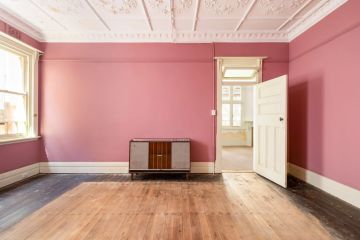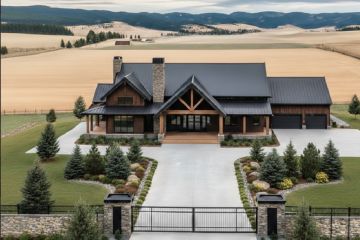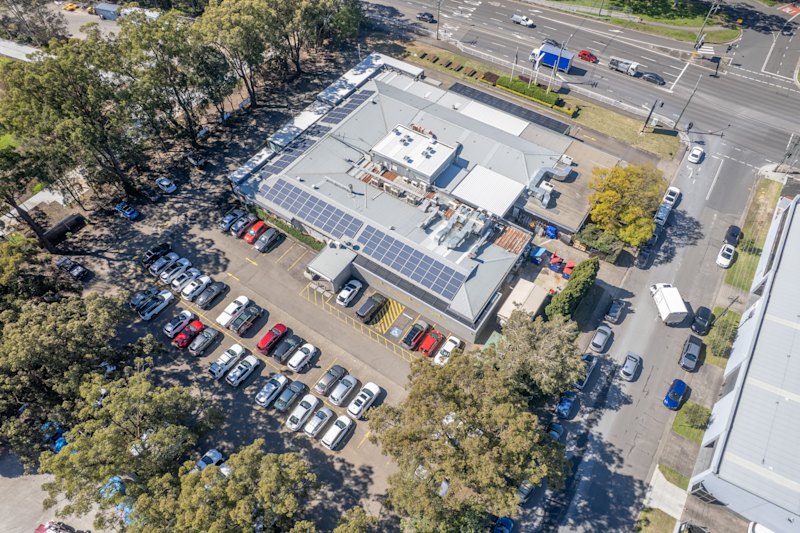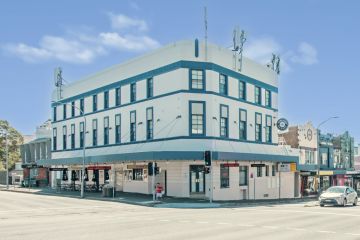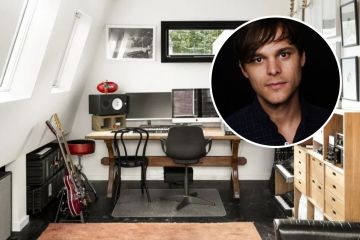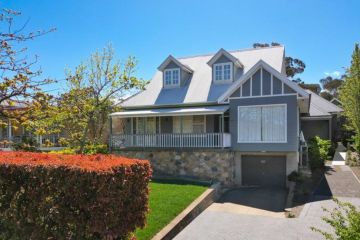'A space is more than four walls': Why it pays to hire an architect
If you’re up for a new house and want the cheapest, most expedient route to getting one, then stop reading here because numerous construction companies operating in nuovo suburbia will give you an off-the-peg, mass-produced product that one architect refers to as “the Kmart house type”.
If you want a more individual home that you’ll probably live in for a decade – at least; that will have spaces to subliminally enhance your sense of wellbeing; and vamped market appeal, then go to an architect or credentialled building designer.
Highly trained spatial experts, architects spend six years at university and more as interns, learning how to do all of the above and more. And if you haven’t worked with an architect before, fear not: it can be easier and less financially onerous than you think. Plus, it’s a move that has a multiplicity of other dividends.
As blue-chip realtor Sam Gamon, of Chisholm & Gamon, tells it, “the term ‘architect-designed’ is an affirmation that adds to the buyer pool because it gives confidence.”
Gamon says, “if buyers see something thoughtful and well designed with a good floor plan, they’ll definitely pay good money”.
If that well-designed property has a “name” architect attached it can carry weight because it’s part of the brand story, he says.
While that’s a boon for selling your property, most architects concentrate on making a shelter you’ll want to keep because, as Nick Russo of Branch Studio Architects explains, it looks, and perhaps more importantly, feels so right.
Architecture is experienced not only by the eyes but in a kinaesthetic way. The body has keen if subconscious proprioception of its near surrounds.
- Related: A modern twist on a childhood home
- Related: The shop top that beat heritage protection
- Related: How Tim Hill made an odd-shaped block work
This is the sense of feeling comfortable and “at home”, or unsatisfied and unsettled. How is that so? Russo suspects it’s because “we are wired to enjoy the company of nice things”.
Russo implies that this includes a suite of elements including lovely materials, a marvellous quality of natural light, sustainable performance and all-round good proportions. “How do you put a price on the way a space makes you feel?” Russo asks. “A space is more than four walls. A good space can improve your mental health and wellbeing.
“When you’re in a house that’s not right; that has flabby spaces and is what we call ‘a fat house’ because the scaling is all wrong, it’s like being with someone who is singing out of key.” Architecture is not a short-term commodity, his practice partner Brad Wray, says.
“Its value and benefit is the total of the design process. Good architecture is all thought through and on every project since we started, we’ve both really enjoyed pushing the budget and working out how we can best tailor our best approach to the budget.”
An example Branch makes for the proposition that architects are often talented aesthetic value-add merchants is a rammed earth main bedroom pavilion extension to a Westernport home that looks like a million dollars but was costed at barely a third of that
“It’s got quality,” says Wray.
Actually one big space separated by cranked oak-veneer joinery as it moves through five different floor levels, Russo tells that the high-end impact derives from “the balance of the composition, the light and the [mainly cost-effective] materials working together”.
He explains: “Everything relates to everything, materially and environmentally and it’s nicely detailed and beautifully made”.
That’s it folks: that, in essence, is the long-term value of wonderful, original, interesting architecture.
As Russo says, “good architecture is about maximising the outcome”.
Accessible architecture
Nine years ago, Melbourne architect Robert Harwood started My Architect, a company that offered a staged process of design services, from concept discussion and first draft drawings right through to planning permits, construction costing and supervision, to the lock-up realisation and then, even onto the landscaping.
It allowed people who had never connected with the profession an easy place of entree.
Demystifying what it is that architects actually do – “which is strategic thinking and keeping it all simple” – Harwood says, was the rationale of a company that now has “a boutique team of eight or nine selected architects” operating in Melbourne, Geelong, Sydney and Adelaide and that conducts at least 15 client meetings each month.
My Architect breaks down and prices projects in eight to 10 stages to a finished product.
Harwood says that the majority of opt-in, opt-out clients take the first-stage option of a $1550, two-hour concept meeting that discusses the client vision, and helps them put a frame and budget constraints around the idea.
“That’s a really low-cost but useful stage because it gets them going on the road,” he says.
About 25 per cent of starting clients build a bespoke home that chances are, Harwood says, they’ll live in for more than 10 years. “It is custom built and has considered every detail of their lifestyle,” he says.
We recommend
States
Capital Cities
Capital Cities - Rentals
Popular Areas
Allhomes
More
